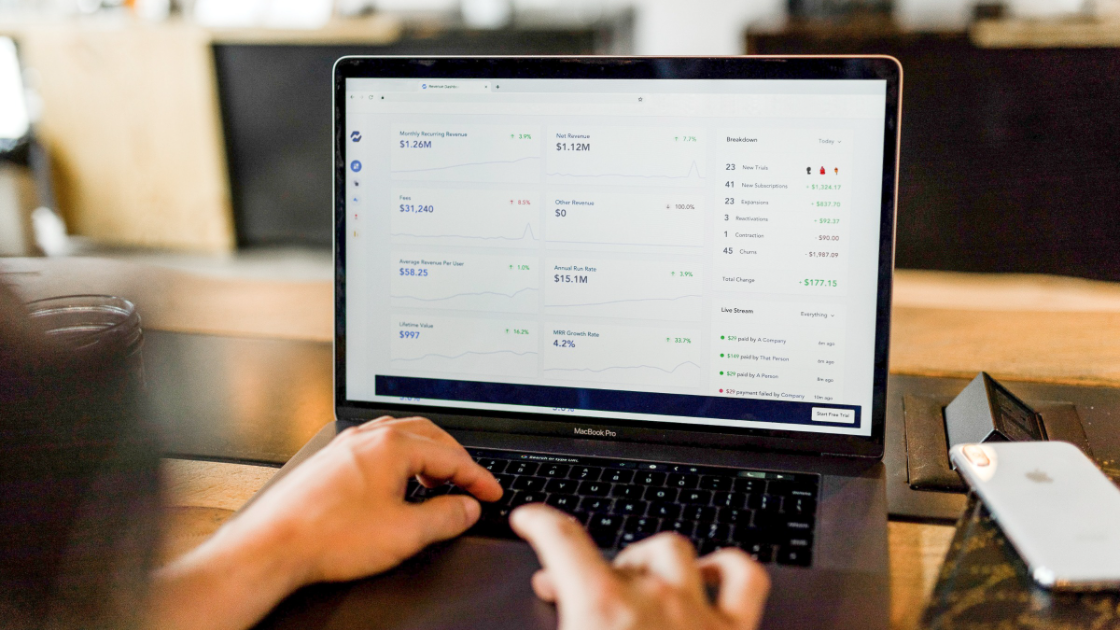As businesses navigate through the uncertain economic terrain, it's crucial to keep an eye on the right metrics. Key Performance Indicators (KPIs) play a pivotal role in this journey, providing valuable insights that help businesses stay on track. However, the relevance of KPIs varies with the growth stage of a company, and understanding this can make a world of difference.
The Early Stage: Pre-Seed and Seed
At the pre-seed and seed stages, companies are still exploring their markets. Revenues may not have started flowing, but that's okay. The focus here should be on gaining users and fostering engagement, with the goal of cultivating a customer base that will fuel future revenues.
The Importance of Early Adopters
Early adopters serve as the lifeblood of fledgling companies. Encouraging customers to test your product or service as soon as possible is critical. High customer numbers signal a strong demand from your target audience, paving the way for future growth.
User Engagement: The Key Indicator
User engagement is the life force of early-stage companies. It can be measured through:
- The duration users spend on the platform
- The number of active users interacting with your product
- Feedback and reviews - incentives or competitions can encourage users to share their experiences.
Series A: Time to Focus on Revenue and Sales
Upon entering the Series A stage, businesses have gained some market validation. It's now time to pivot the KPIs towards revenue generation and sales performance.
Sales Conversion Rate
The sales conversion rate is a crucial metric. It represents the percentage of sales opportunities converted into actual sales. Companies at this stage should strive for a high conversion rate. A low rate could hint at problems in the sales process, requiring interventions such as sales training or additional resources like CRM tools.
Cost Per Acquisition: A Balancing Act
Cost per acquisition becomes relevant as it directly relates to the sales conversion rate. It's calculated by dividing the advertising campaign cost by the number of leads it generates. While a higher conversion rate might justify a higher cost per acquisition, it's crucial to balance this across different channels for effective resource allocation.
Series B: Scale, Scale, Scale
Having proven their concept and shown their growth potential, Series B businesses need to focus on KPIs that demonstrate their ability to scale sustainably.
Revenue Growth Rate: The Growth Engine
The revenue growth rate is an essential measure at this stage. It indicates the pace at which revenue is growing across periods. A slowing growth rate might suggest limited growth opportunities within the target market.
Monthly Recurring Revenue (MRR): A Glimpse into the Future
For subscription-based businesses, MRR offers a glimpse into future revenue. It helps in planning future growth strategies and customer acquisition investments.
Series C: Sustainability is Key
As companies enter the Series C stage, the focus shifts to sustainability. The KPIs should now cover areas like consistent cash flow generation and customer retention.

Earnings Before Interest, Tax, Depreciation, Amortization (EBITDA): A Reality Check
EBITDA serves as an important indicator of a company's ability to generate cash. It provides a clearer picture by excluding non-cash movements like depreciation and amortization. Companies at this stage should strive for high positive EBITDA valuesNet Promoter Score (NPS): Measuring Customer Loyalty
NPS is a powerful tool to measure customer loyalty. It is based on how likely customers are to recommend your product or service, scored on a scale of 0-10. A high NPS score suggests strong customer loyalty, indicating a potential for customer retention and referrals.
In conclusion, every stage of a company's growth journey demands different KPIs. From fostering user engagement in the early stages to maintaining sustainable cash flow in the later stages, each KPI offers unique insights into your business's health. Understanding and tracking these metrics can help you navigate your growth journey with confidence.
Remember, while these metrics are vital, the goal is not to track every single one but to identify and focus on the ones that best align with your company's current stage and future objectives.

Do You Know:
Did you know that with PingPong Payment, you can send unlimited payments overseas? That's right, unlike many competitors, PingPong puts no cap on how much customers can send. This means you can pay any overseas suppliers the same day, highlighting the impressive speed of their service. Whether you prefer ACH, wire transfer, credit card, or wallet


